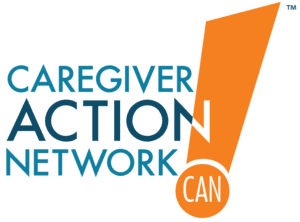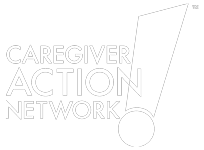Supporting Your Loved One in a Clinical Trial
Supporting Your Loved One in a Clinical Trial
The Caregiver’s Role in Clinical Trials

As a caregiver, your caregiver role in clinical trials is essential for successful participation. You’ll help find suitable trials, monitor side effects, ensure medication compliance, and transport your loved one to appointments. Your caregiver responsibilities in clinical trials include being the primary observer of physical and cognitive changes throughout the study.
Key Insight: Clinical trial participation for caregivers means you become an integral part of the research team, not just a support person.
Why Participate in Clinical Trials?
Families choose clinical trials for multiple reasons. Many want to contribute to scientific advancement and help future patients. Others seek access to cutting-edge treatments not yet available to the public.
The Myths About Clinical Trials
Background Information
According to the National Institutes of Health (NIH), the goal of clinical trials is to determine if a new treatment—such as a new drug or medical device—prevention, or behavior approach is safe and effective. Often a clinical trial is used to learn if a new treatment is more effective and/or has less harmful side effects than the standard treatment.
Another type of clinical trial tests ways to find a disease early, sometimes before there are symptoms. Others test ways to prevent a health problem. A clinical trial may look at how to make life better for people living with a life-threatening disease or a chronic health problem. There are even clinical trials to study the role of family caregivers or support groups.
Before the U.S. Food and Drug Administration (FDA) will approve the start of a clinical trial, laboratory tests have been performed to test a potential therapy’s safety and efficacy. If these studies show favorable results, the FDA gives approval for the intervention to be tested on people.
Clinical trials advance through four phases to test a treatment, find the appropriate dosage, and look for side effects. After the first three phases, if researchers find a drug or other intervention to be safe and effective, the FDA approves it for clinical use and continues to monitor its effects.
Phase 1:
20-100 healthy volunteers or people with the disease/condition being studied. The purpose is to study the safety and determine the proper dosage. This phase lasts several months. The FDA reports that 70% of new drugs move to the next phase.
Phase 2:
Up to several hundred people with the disease/condition. The purpose is to determine the short-term safety and efficacy and to see if there are any side effects. A small group is given a placebo for comparison. This phase lasts from several months to 2 years. The FDA reports that 33% of drugs move to the next phase.
Phase 3:
300-3,000 people with the disease/condition. The purpose is to further study the efficacy, look out for any adverse reactions, and compare the new drug with other treatments (another drug or placebo). This phase lasts 1-4 years. Because this phase is larger and longer, side effects that take a while to appear or are rare, are more likely to be seen. The FDA reports only 25-30% of drugs move to the next phase.
Phase 4:
Several thousand people who have the disease/condition. The purpose is to further study the efficacy and safety.



